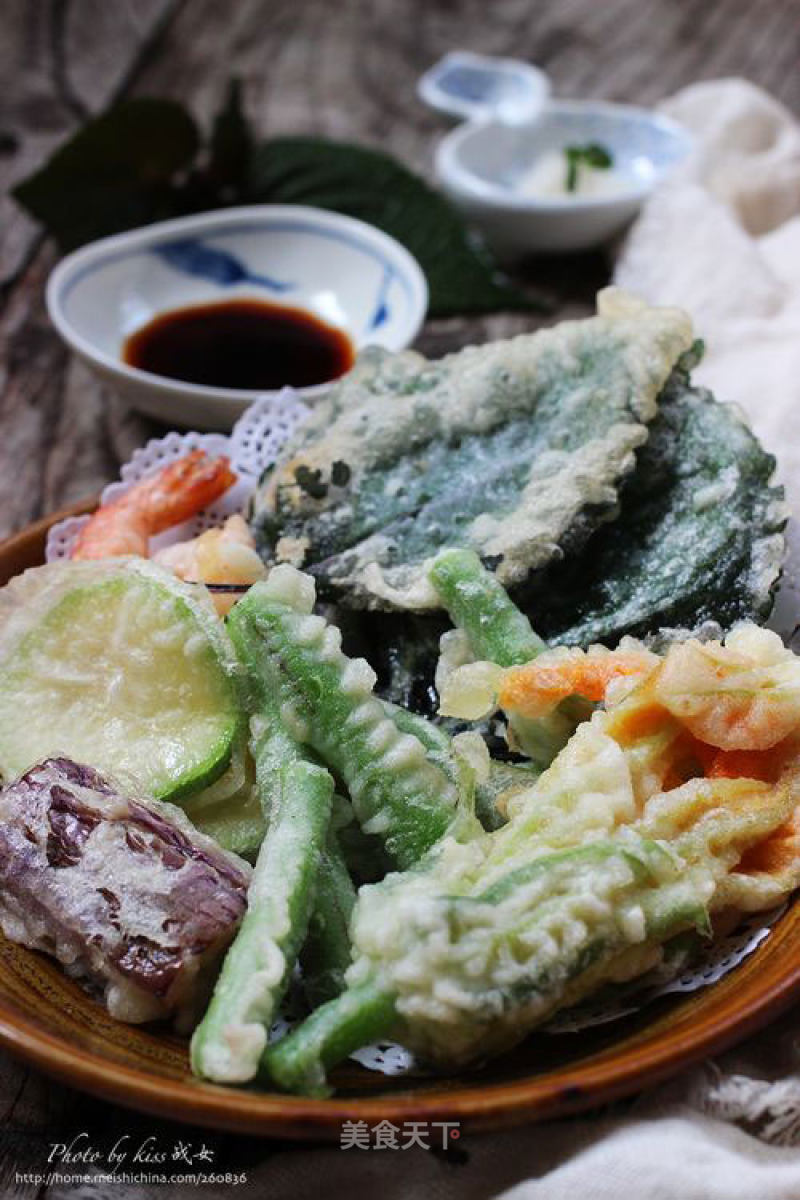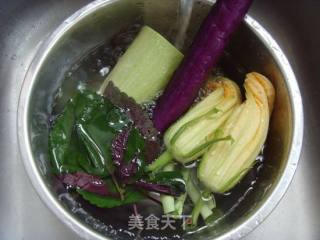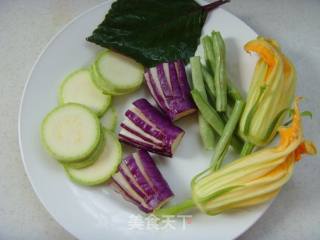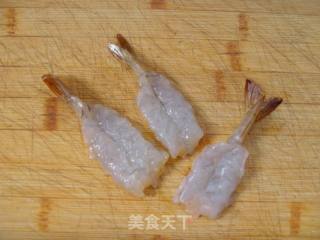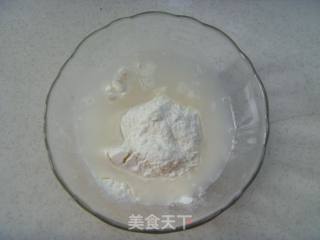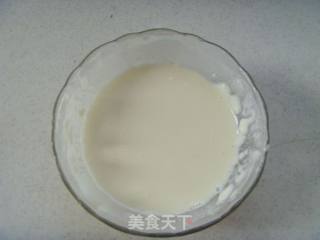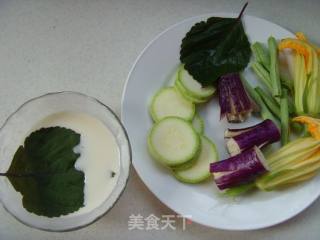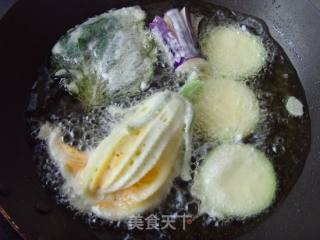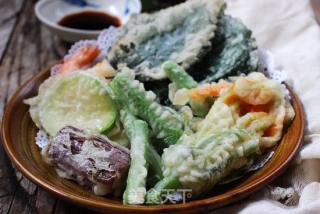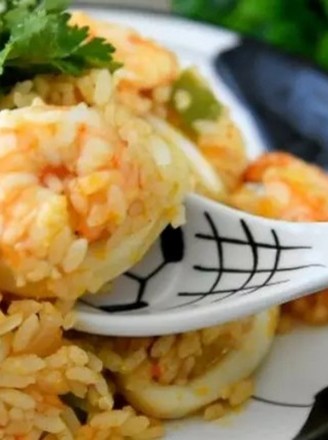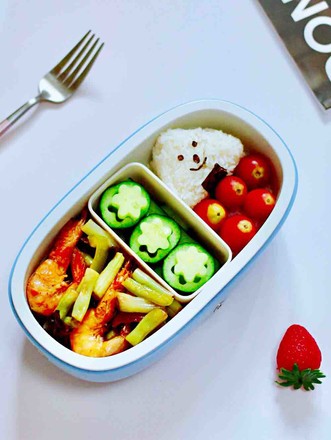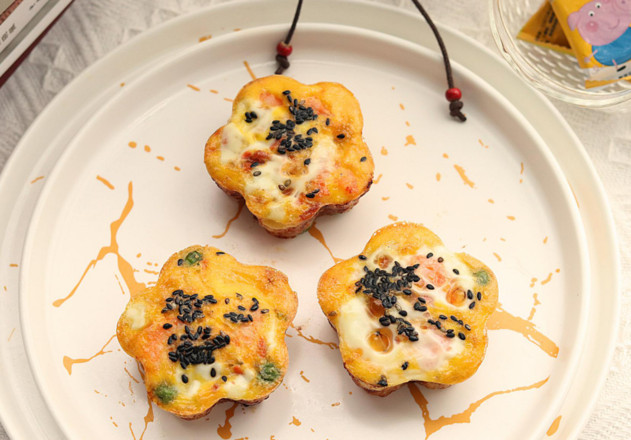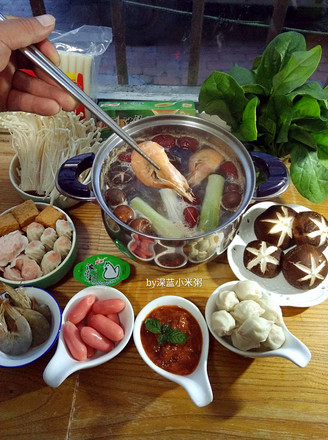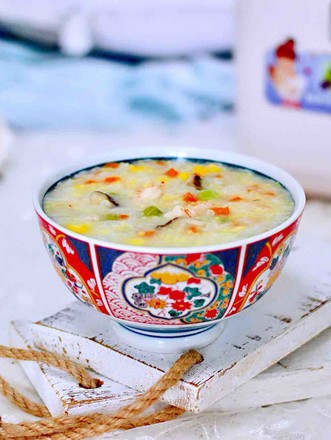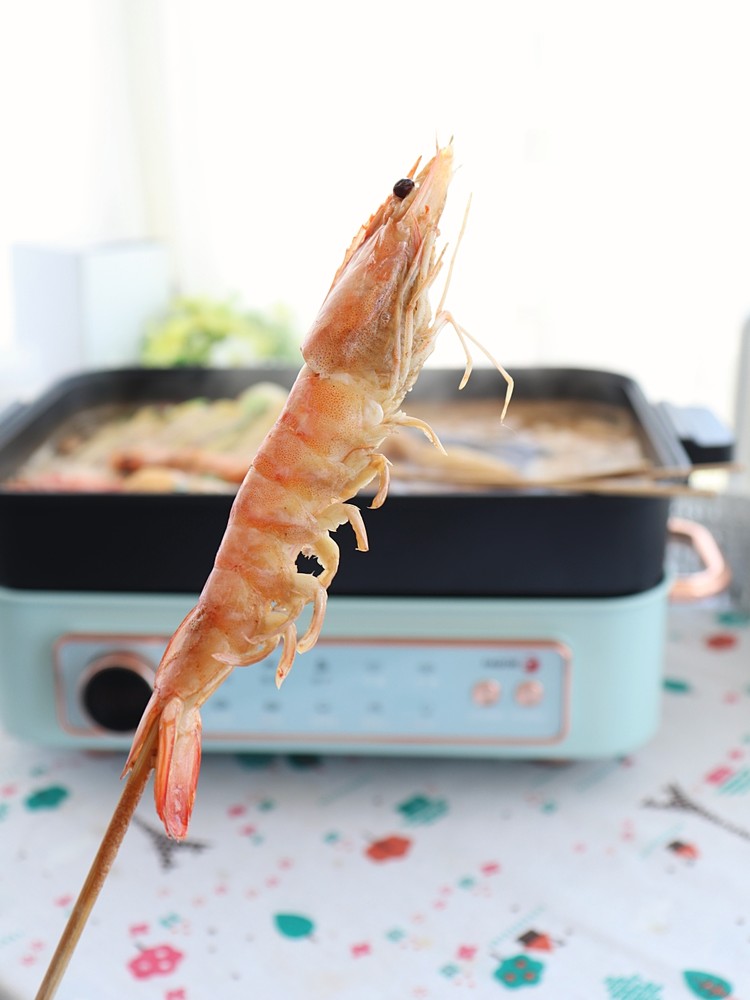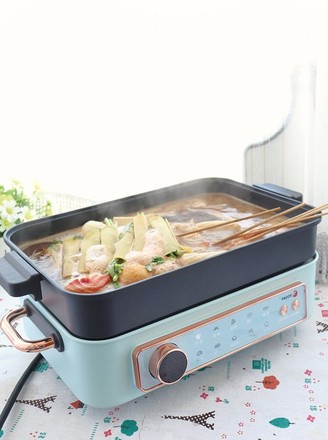Fresh and Delicious---fried Tempura
by kiss war girl
Favorite
Difficulty
Hard
Time
20m
Serving
2
Tempura sounds like a very soft and feminine name, and it looks the same, always reminiscent of a euphemistic Japanese woman wearing a pair of wooden pallets. But in fact, tempura is pretty fierce, to be precise, it is a cooking method, deep-fried.
In Japanese cuisine, most of them pay attention to the original flavor, what it is, and what it will look like when it is served. It is raw and light, and at most it is cut into small pieces and shaped. But as long as it's in the name of "tempura", it's completely different: it's all wrapped in syrup and fried into a golden brown, crispy on the outside and tender on the inside. Usually when eaten in restaurants, it is mixed with soy sauce and grated radish. The juice is fresh and delicious, fragrant but not greasy.
This cooking method actually comes from China. The noodles drag the yellow croaker, the noodles drag the large row, but it is passed around, and the local customs are added. The practice is a bit different. Chinese "noodle mop" generally has a thick batter that covers all the ingredients; while tempura is deep-fried but very light, although it is dragged with flour, it does not have a heavy taste, as if it can melt in the mouth in an instant.
By the way, tempura is a transliteration of Portuguese Tempura, which means "faster". "
In Japanese cuisine, most of them pay attention to the original flavor, what it is, and what it will look like when it is served. It is raw and light, and at most it is cut into small pieces and shaped. But as long as it's in the name of "tempura", it's completely different: it's all wrapped in syrup and fried into a golden brown, crispy on the outside and tender on the inside. Usually when eaten in restaurants, it is mixed with soy sauce and grated radish. The juice is fresh and delicious, fragrant but not greasy.
This cooking method actually comes from China. The noodles drag the yellow croaker, the noodles drag the large row, but it is passed around, and the local customs are added. The practice is a bit different. Chinese "noodle mop" generally has a thick batter that covers all the ingredients; while tempura is deep-fried but very light, although it is dragged with flour, it does not have a heavy taste, as if it can melt in the mouth in an instant.
By the way, tempura is a transliteration of Portuguese Tempura, which means "faster". "

